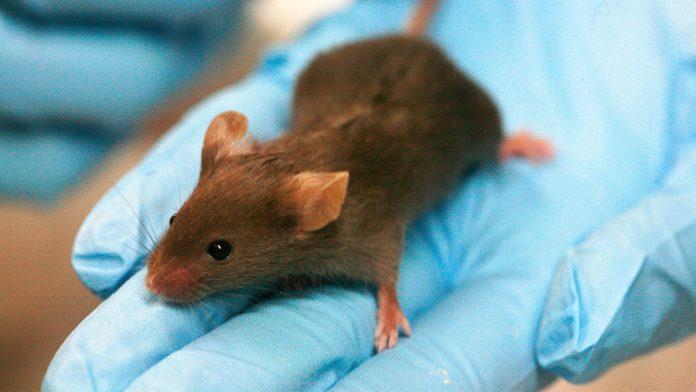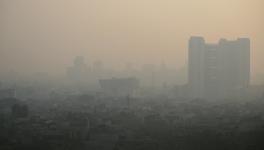Video: Researchers Show How COVID-19 Spreads in Mice and How Antibodies Counter it

Representational Image. Image Courtesy: Wikipedia
It is intriguing to see how a virus spreads inside the human body, affecting one organ after another. It is, at least, testimony to the work of scientists who have been at work for over one and a half years during the COVID-19 pandemic. Common knowledge now states that the novel coronavirus is a respiratory virus which targets our respiratory system, beginning from the nose.
The virus can wreak havoc inside our body when it starts multiplying inside, invading one organ after another. And, if it enters our lungs before getting cleaned up by the immune system, then the microscopic organism can create a life-threatening situation. Is a real-life visualisation possible for the video generation?
Yes, partly. Scientific endeavour combined with sophisticated technology has made it possible. Researchers have captured the spread of the virus in live animals – in this case a mouse – from the nose to its lungs over a period of six days.
The imaging study has been published online in the scientific journal Immunity in a pre-proof form. The study was led by Priti Kumar, Pradeep Uchil and Walter Mothes from the Yale School of Medicine alongside Andres Finzi from the Université de Montréal.
The image recorded the march of the virus, causing damage to the respiratory tract of the mouse. It also captured how antibodies could put the brakes on the progress of the virus. The antibodies that the researchers used as part of the study were taken from humans who have recovered from COVID-19, caused by the coronavirus SARS-CoV-2.
The research, however, also revealed that antibodies lacking in the ability of recruiting important cells of the immune system (defence mechanism of the body) are less effective in fighting an infection. There are certain cells of the immune system which are crucial in killing off an infection.
Commenting on the findings, Priti Kumar, Associate Professor of Infectious Diseases at the Yale School of Medicine, and an author of the research paper, was quoted saying: “For the first time, we were able to visualize the spread of the SARS-CoV-2 in a living animal in real time, and importantly, the sites at which antibodies need to exert effects to halt progression of infection (sic)”.
The researchers used a technique known as bioluminescent imaging(BLI). The BLI technique uses light emitted by reactions that occur inside the body. A small chemical substance is put inside the body and it emits light when the reactions occur. With the help of advanced microscopy, the researchers could track the spread of the virus inside the body then.
The YouTube link of the video tracking the spread of the virus over six days can be found here.
The researchers also used blood plasma of humans who had recovered from a bout of COVID-19. The antibodies – proteins from the immune system that can kill a virus – present in their plasma prevented the spread of the virus, which the researchers recorded in their imaging experiments.
They found that the antibodies can halt the spread of the virus even when administered three days after the infection has occurred. Notably, the researchers found that when these antibodies are administered in the mice before the infection took place, they could prevent the infection altogether.
“The live reporting of virus spread by imaging can be harnessed to rapidly discern whether treatments will work or not in as little as three to five days, a crucial time-saving feature to develop countermeasures for current and future pandemics,” Pradeep Uchil, a research scientist at Yale, said. However, the researchers also noted that not all antibodies worked equally well.
Antibodies perform two main roles in the fight against the virus. Neutralising antibodies can bind to the virus and prevent it from entering the cells. The other type of antibodies has an effector function. These antibodies signal the immune system and recruits other cells that can eventually kill cells where infection had taken place.
“We used to think neutralising the virus was enough to prevent infection, but antibodies have to be present at the right time in the right place in the body and in right amount. Without the effector function, the neutralizing activity alone is not as effective,” Kumar was quoted saying.
Get the latest reports & analysis with people's perspective on Protests, movements & deep analytical videos, discussions of the current affairs in your Telegram app. Subscribe to NewsClick's Telegram channel & get Real-Time updates on stories, as they get published on our website.
























